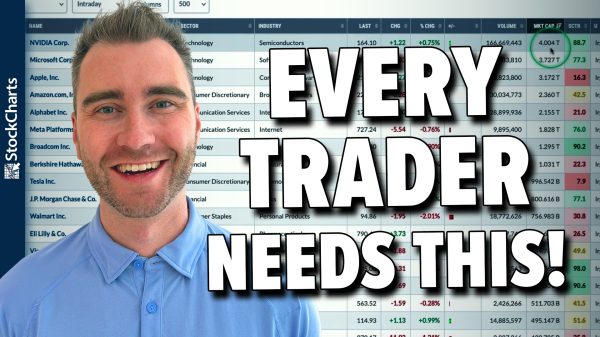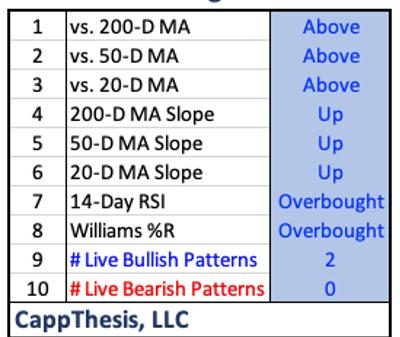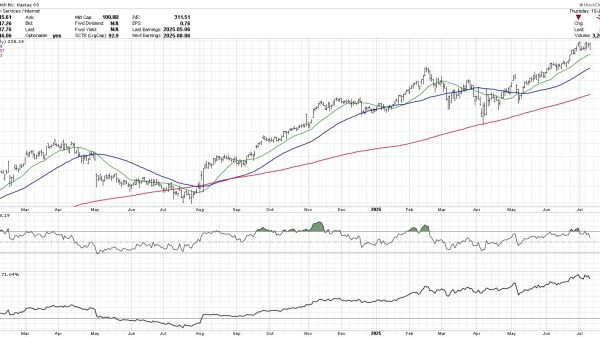How to Read Level 2 Market Data: Guide
There are numerous questions about level 2 market data including, ‘How to read level 2 market data?’ Let’s start from the beginning.
Level 2 market data provides a deeper and more detailed view of a stock’s trading activity than Level one data, which typically includes just the highest bid and the lowest ask prices.
Level 2 market data presents the full range of bid and ask prices, along with the volume of shares being offered at each price level, often in real-time.
Without a doubt, this data is vital for day traders and professional investors as it offers insights into supply and demand dynamics, potential price directions, and liquidity.
Day trader
It is important to have at least a basic understanding of various terms when it comes to questions like, ‘How to read level 2 market data?’
Let’s take a closer look at a day trader.
A day trader is an individual who buys and sells financial instruments within the same trading day, with the aim of profiting from short-term price movements. This type of trader operates in various markets, including stocks, forex, commodities, and cryptocurrencies.
Importantly, day traders capitalize on small price fluctuations by executing a large number of trades in a single day, often leveraging considerable amounts of capital to enhance their gains from relatively small price changes.
Characteristics of day trading
Short-term focus: Day traders focus on short-term trading strategies, often holding positions for only minutes or hours, rarely holding any positions overnight to avoid the risk of price gaps that can occur after the market closes.
Technical analysis: They rely heavily on technical analysis, using charts, indicators, and patterns to predict future price movements rather than focusing on a company’s fundamentals. Tools like moving averages, MACD (Moving Average Convergence Divergence), and RSI (Relative Strength Index) are commonly used.
High volume: To maximize profits from small price movements, day traders often trade in high volumes. This approach requires significant capital and a deep understanding of market mechanisms.
Leverage: Many day traders use leverage to increase their buying power, allowing them to own more of a stock or asset than they could with their own capital alone. While this can amplify profits, it also increases the risk of substantial losses.
Discipline and risk management: Successful day trading requires strict discipline and effective risk management. Traders often set predefined entry and exit points for trades to manage their risk, using stop-loss orders to limit potential losses.
Challenges and risks
Day trading is not without its challenges and risks. The high pace and pressure can be mentally and emotionally taxing. The use of leverage can lead to significant losses, sometimes exceeding the initial investment. Furthermore, the short-term nature of the strategies employed can lead to high transaction costs, which can erode profits.
Understanding level 2 market data
In order to answer questions like, ‘How to read level 2 market data’, it is important to understand its components:
Bid prices: These are the prices at which buyers are willing to purchase a stock. They are listed in descending order, with the highest bid being the current price a buyer is willing to pay for the stock.
Bid size: This indicates the number of shares buyers are willing to purchase at each bid price.
Ask prices: These are the prices at which sellers are willing to sell their stock. They are listed in ascending order, with the lowest ask being the current price a seller is willing to accept.
Ask size: This shows the number of shares sellers are willing to sell at each asking price.
Depth: The term “market depth” refers to the volume of shares being offered at each bid and ask price, providing a sense of the market’s liquidity and potential price movement.
Reading level 2 market data
To read level 2 market data, you typically look at a level 2 screen or a depth-of-market window, which displays all this information in real-time.
Here’s how to interpret the data:
Assess market depth: The depth of the market gives you an idea of the liquidity. A stock with a lot of depth on both the bid and ask sides usually has a lot of liquidity, meaning you can enter and exit positions with minimal impact on the price.
Identify price points: Look for significant price points where there are large accumulations of bids or asks. These levels can act as support (in the case of bids) or resistance (in the case of asks).
Evaluate the bid-ask spread: The difference between the highest bid price and the lowest ask price is known as the bid-ask spread. A narrower spread usually indicates a more liquid market, while a wider spread can indicate less liquidity and more volatility.
Monitor order flow: By watching how bids and asks are added or removed, you can get a sense of market sentiment and potential price movement. For example, if you see a large number of asks being removed and the bid size increasing, it might indicate upward price pressure.
Look for imbalances: A significant imbalance between bids and asks can indicate the direction of a potential price move. For instance, if there are substantially more bids than asks, it might suggest that the price is likely to go up.
Using level 2 data for trading decisions
Spotting breakouts: By observing level 2 data, traders can spot potential breakouts. For example, if there’s a significant level of asks at a particular price point and these asks start to diminish quickly, it could indicate that the stock is about to break through a resistance level.
Identifying entry and exit points: Traders use level 2 data to find the best entry and exit points. By looking for price levels with significant bid support or resistance at ask levels, traders can better time their trades.
Predicting short-term movements: The immediate supply and demand information in level 2 data can help predict short-term price movements. Traders might use this data to take quick, strategic positions to profit from these movements.
Challenges and considerations
While level 2 market data can be incredibly valuable, there are some challenges and considerations to keep in mind:
Speed and efficiency: The data changes rapidly, and being able to react quickly is crucial. This requires both experience and the use of advanced trading platforms.
Misinterpretation: Without proper experience, it’s easy to misinterpret what the data is showing, leading to poor trading decisions.
Market manipulation: Sometimes, traders might place large orders with no intention of letting them execute, just to influence the market. Recognizing these tactics requires experience and vigilance.
In summary, level 2 market data is a powerful tool for those who know how to use it effectively. It offers a granular view of market dynamics, providing insights into potential price movements, liquidity, and market sentiment.
Nevertheless, leveraging this data requires a good understanding of market mechanics, quick decision-making abilities, and a careful approach to avoid common pitfalls.
For traders willing to invest the time and effort to master level 2 data, it can be a key component of a successful trading strategy, offering a competitive edge in the fast-paced world of stock trading.
The post How to Read Level 2 Market Data: Guide appeared first on FinanceBrokerage.
























